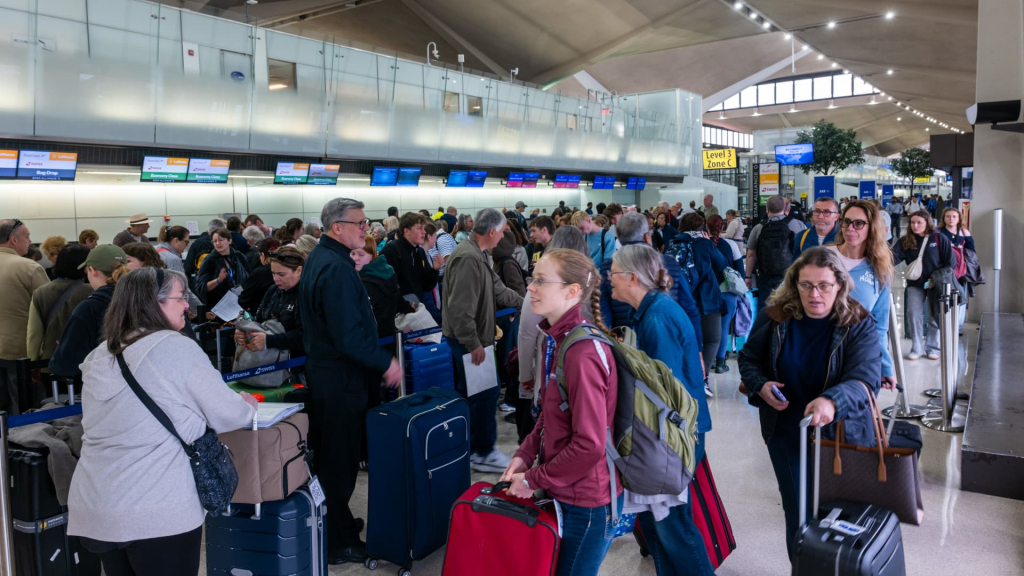Last week, air traffic controllers experienced a significant communication breakdown while managing flights to and from Newark Liberty International Airport, leading to widespread flight delays. The National Air Traffic Controllers Association, representing the employees, attributed the incident to an equipment malfunction that has escalated concerns regarding the aging infrastructure and chronic staffing shortages within the U.S. aviation system.
On April 28, the controllers at Newark temporarily lost both radar visibility and communication with aircraft, leaving them unable to see or communicate with those under their supervision. This serious lapse was confirmed by the controllers’ union in a public statement.
The aftermath of the incident was so severe that it prompted some controllers to take leave to recuperate from the stress caused by the repeated outages, as stated by the Federal Aviation Administration (FAA) in an announcement on Monday.
According to flight-tracking service FlightAware, Newark experienced over 1,500 flight delays during the previous week, highlighting the ongoing disruptions resulting from insufficient air traffic controller staffing.
The FAA expressed concerns, stating, “Our antiquated air traffic control system is affecting our workforce.” They also assured efforts to enhance the reliability of telecommunications equipment in the New York area, which includes implementing a more robust setup with local exchange carriers.
While neither the FAA nor the union disclosed the duration of the communication failure, Bloomberg reported, citing informed sources, that it lasted nearly 90 seconds.
United Airlines announced on Friday that it would reduce its daily flight schedule by 35 from Newark in an effort to alleviate the pressure on the system amidst the ongoing delays.
In a communication to customers, United CEO Scott Kirby pointed out that the technical issues encountered last week were exacerbated by the departure of over 20% of the FAA controllers assigned to Newark.
Kirby noted, “This particular air traffic control facility has been chronically understaffed for years, and without these controllers, it’s now clear — and the FAA confirms — that Newark airport cannot accommodate the number of aircraft expected to operate in the upcoming weeks and months.”
However, the union countered claims that controllers had walked off the job, clarifying that employees had taken time off under the Federal Employees Compensation Act, which safeguards workers who suffer physical injury or experience trauma while performing their duties.
The U.S. has grappled with a long-term shortage of air traffic controllers. In response, the previous administration introduced new incentives aimed at attracting and retaining qualified personnel who, as a result of mandatory retirement policies, are required to resign by the age of 56.
To address the escalating demands, the FAA relocated controllers who managed flights at Newark from a facility on New York’s Long Island to a facility in Philadelphia, aiming to lessen the burden on those already handling traffic for New York City’s major airports.
This airspace is among the most congested in the world.
The Port Authority, which oversees major New York City airports, reported significant investments to modernize Newark Liberty but emphasized that these enhancements depend on a fully-staffed and updated federal air traffic system. They urged the FAA to tackle ongoing staffing deficiencies and expedite essential technology upgrades to mitigate delays in one of the nation’s busiest air corridors.
U.S. Transportation Secretary Sean Duffy recently visited the Philadelphia facility and announced plans for a “brand new air traffic control system” to be unveiled soon.
“The current system is not effective for managing today’s traffic levels,” he informed reporters last week.
Despite acknowledging the outdated technology, Duffy reassured that safety remains a priority, stating that the FAA will either slow down or ground flights if air traffic control capacity becomes strained.


























